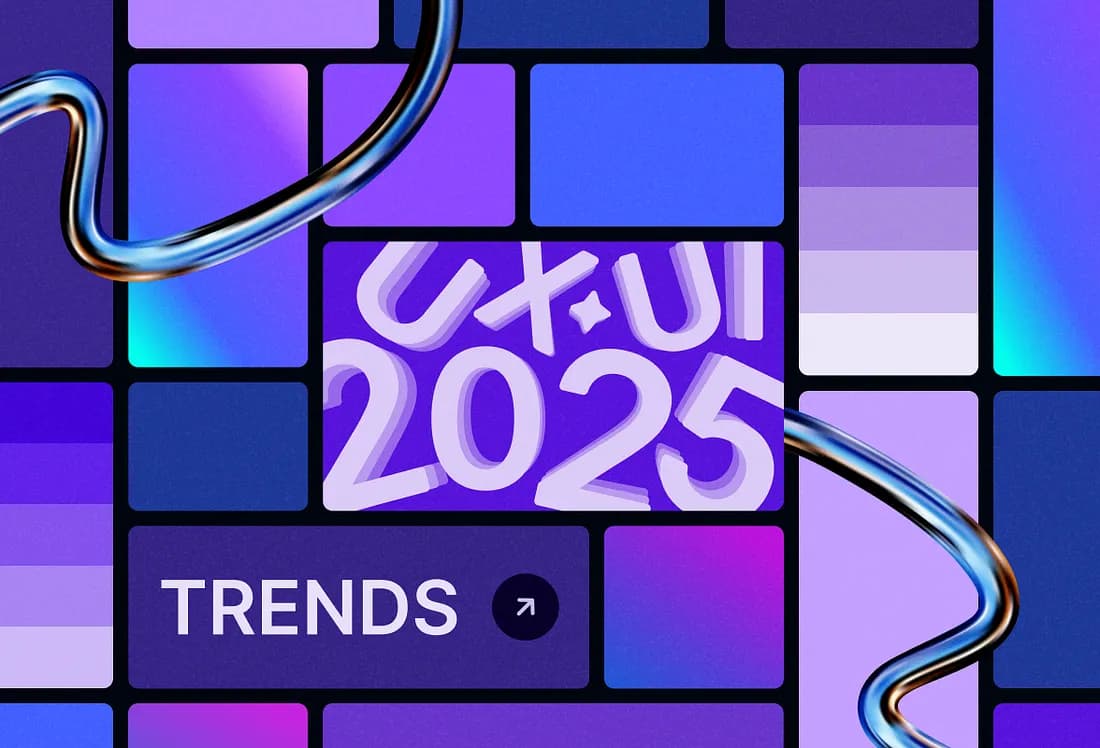As technology evolves at lightning speed, so do user expectations. In 2025, UX design is no longer just about making products look good — it’s about making them adapt, predict, and truly connect with people. Here are the biggest trends shaping the user experience landscape this year.
1. Hyper-Personalized Journeys with AI
In 2025, generic experiences are out. AI-driven personalization is taking center stage, tailoring every step of the user journey based on behavior, preferences, and even emotional state. From adaptive onboarding flows to dynamic content suggestions, users are expecting interfaces that feel like they were made just for them — in real time.
Example: An e-commerce app that automatically adjusts product recommendations, color schemes, and promotions based on your browsing history and current mood.
2. Voice-First & Multimodal Interfaces
With advancements in natural language processing, voice is becoming a primary interaction method — not just a secondary option. The new wave of multimodal UX blends voice, gesture, touch, and visual cues seamlessly, enabling hands-free and more natural user interactions.
Example: Smart home dashboards that allow you to switch between voice commands, touch input, and AR gestures fluidly without breaking the flow.
3. Emotion-Aware & Empathy-Driven Design
Devices are now capable of detecting tone, facial expressions, and even biometric signals to gauge user emotions. UX designers are using this data to create empathy-driven experiences — reducing friction when users are frustrated, offering guidance when they’re lost, and celebrating milestones to build loyalty.
Example: A mental wellness app that changes its interface colors and messaging tone if it detects stress in a user’s voice.
4. Immersive Micro-Interactions in 3D & AR
Micro-interactions are going beyond flat animations. In 2025, expect immersive, physics-based animations and subtle 3D effects that provide tactile feedback, especially in AR environments. These small moments of delight not only guide users but also make digital products feel alive and tangible.
Example: An AR shopping app where product previews cast realistic shadows, respond to tilt movements, and produce haptic vibrations when “picked up.”
![]() The Takeaway:
The Takeaway:
UX in 2025 is all about anticipating user needs before they’re expressed, making interactions natural, and blurring the boundaries between digital and physical experiences. Designers who combine empathy, technology, and delight will define the next era of digital products.
